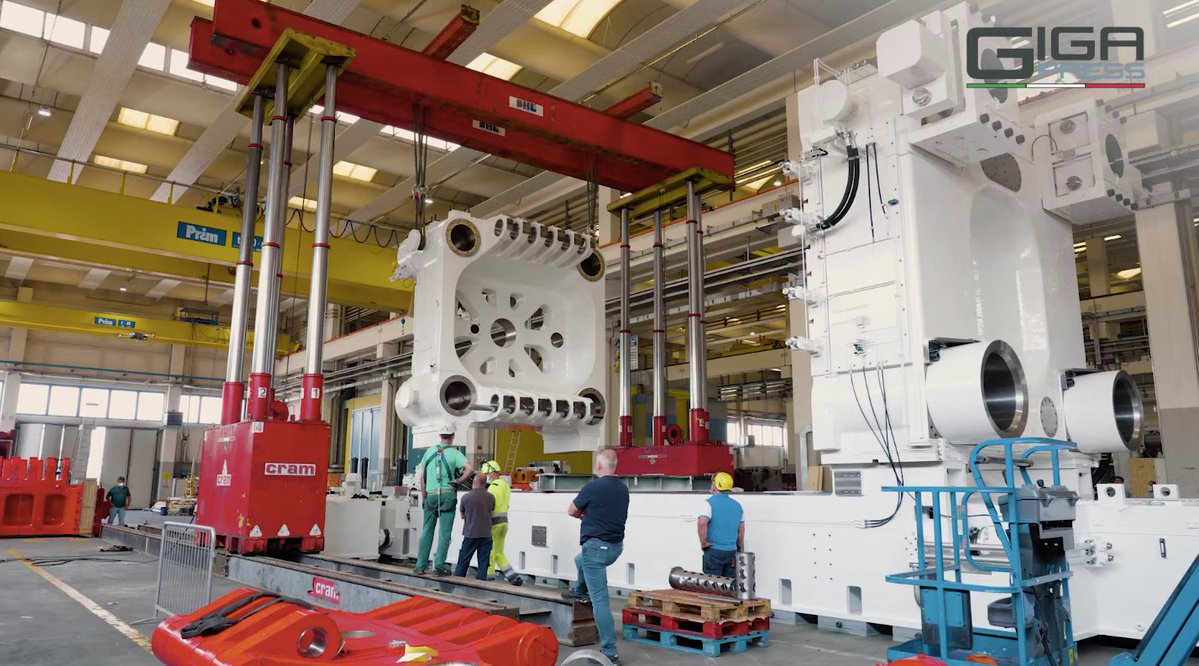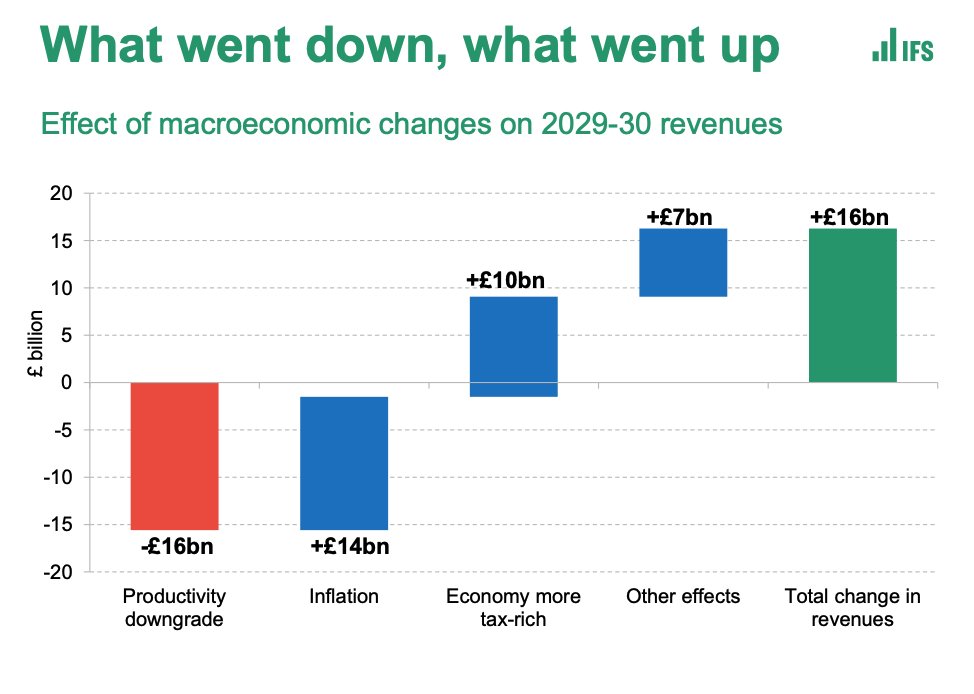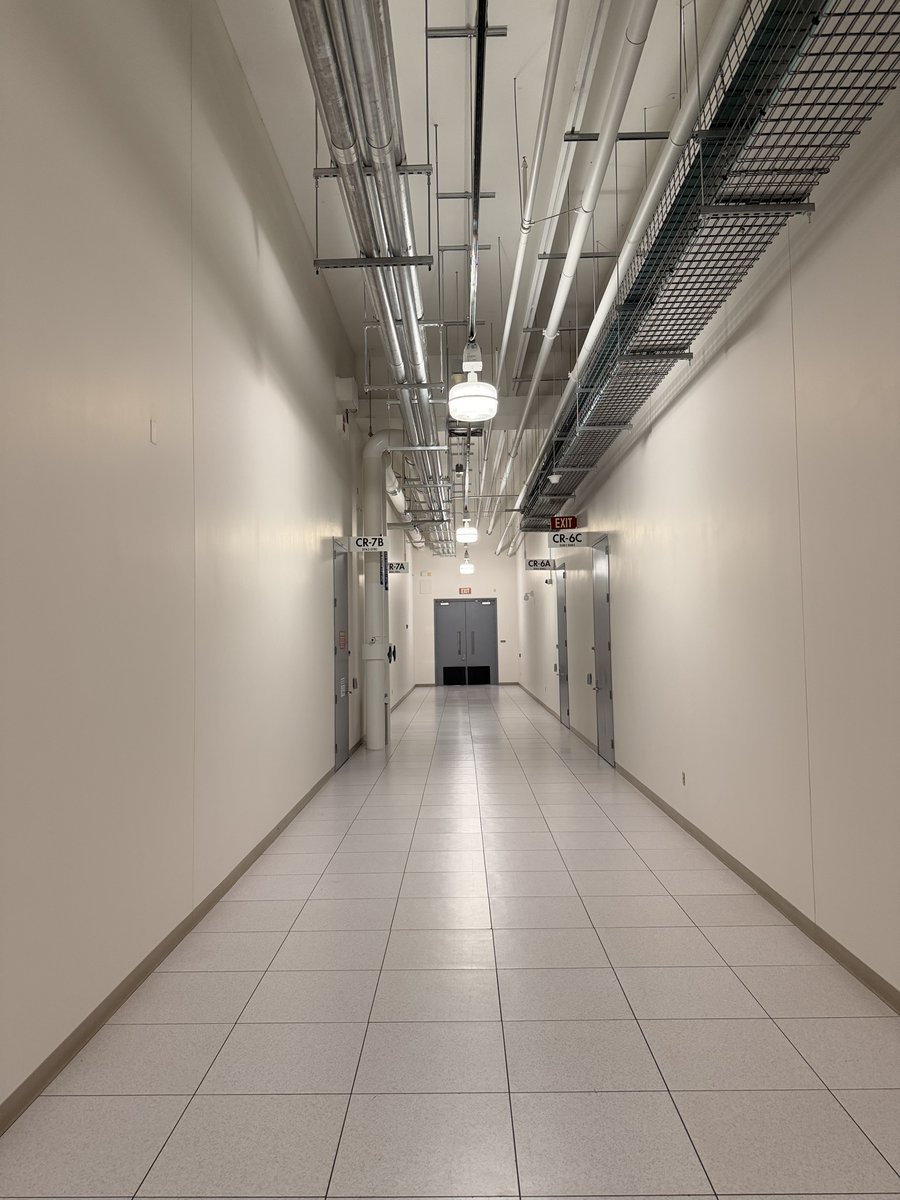The energy crisis is complicated, almost certainly more complicated than you imagine. So be wary of seductive catch-all explanations: it’s Russia’s fault! It’s climate change policy’s fault! It’s all because the wind isn’t blowing! The reality is there’s a lot going on at once.🧵
A lot of people are convinced this is all because Russia has restricted flows of gas. And flows coming from the Yamal pipeline certainly dropped sharply in Aug. BUT actually Russian flows are UP vs start of 2021 (albeit lower than pre-pandemic). Good @WoodMackenzie chart: 

A far bigger part of the explanation for rising gas prices is those two red arrows on the left of the chart. We’re not getting as much LNG tanker deliveries as usual and domestic gas fields aren’t producing as much as usual. These seem like bigger deals than Russian supply. 

Another claim doing the rounds on Twitter is that the UK is uniquely affected by this crisis, and that it’s all down to Brexit. They seem to derive from graphics like this one, widely shared here. LOOK: UK prices are MULTIPLES higher than in Europe! 

The problem with snapshots like that 👆is they are just that: snapshots. For a period last week UK prices were indeed WAY higher than most of Europe. But that wasn’t due to Brexit. It was because of the interconnector fire I wrote abt here: edmundconway.com/energy-and-inf…
It’s bit like taking this point on this chart (day ahead UK electricity price) and using that to compare UK with elsewhere. Which is what people have been doing; and then blaming Brexit. Both of which seem wrong. Prices certainly higher now. But much, much lower than that spike 

HOWEVER, it’s also true that UK energy prices are stubbornly higher than in most EU countries. Gas and power prices are up everywhere, but the level in the UK seems highest. Why? For a few reasons… 



This shows you where we get our power from in each autumn (well, each Q3) going back over a decade. You can see a few trends: look how coal has nearly disappeared. Nuclear is a bit thinner than before (ageing reactors; fewer reactors) 

Now look at that wind slice. It was growing and growing (it provided more than a fifth of all our power in 2020). But in 2021 it suddenly shrank. And what took up the slack? Imports. Which helps explain why the interconnected fire freaked ppl out: we NEED power imports right now 

Wind speeds have been REALLY weak this yr.
Look at this chart, a bit like some of those excess death charts you’ll prob be familiar with.
The whiteish range is where wind speeds tended to be each month over the past 20 years. The black line is this year. Look how low it is!
Look at this chart, a bit like some of those excess death charts you’ll prob be familiar with.
The whiteish range is where wind speeds tended to be each month over the past 20 years. The black line is this year. Look how low it is!

Another factor in the energy crisis is storage. The EU has less gas in storage now than usual.
But on top of that another issue is that the UK’s storage CAPACITY is really, really low in comparison with other EU nations, so we’re reliant on imports of gas as well as power
But on top of that another issue is that the UK’s storage CAPACITY is really, really low in comparison with other EU nations, so we’re reliant on imports of gas as well as power

What does all this portend for the coming months? Are we really facing the prospect of a three day working week and blackouts? National Grid insists no. @WoodMackenzie says it can envisage one scenario (low wind, low gas availability) which would leave UK unable to fulfil demand. 

In short, energy may make for a very nervy winter - as if there wasn’t enough to be nervous about. If the wind starts blowing again, that would really help. But hoping for a change in the weather doesn’t constitute an energy policy. And still somewhat unclear what UK policy is…
Here’s a short @skynews explainer I did on this last night. I should point out a mistake, which is that I denominated the gas price in £ rather than p. 🤦♂️ But the broad idea is not so much the price as the v dramatic shape of those lines…
• • •
Missing some Tweet in this thread? You can try to
force a refresh














